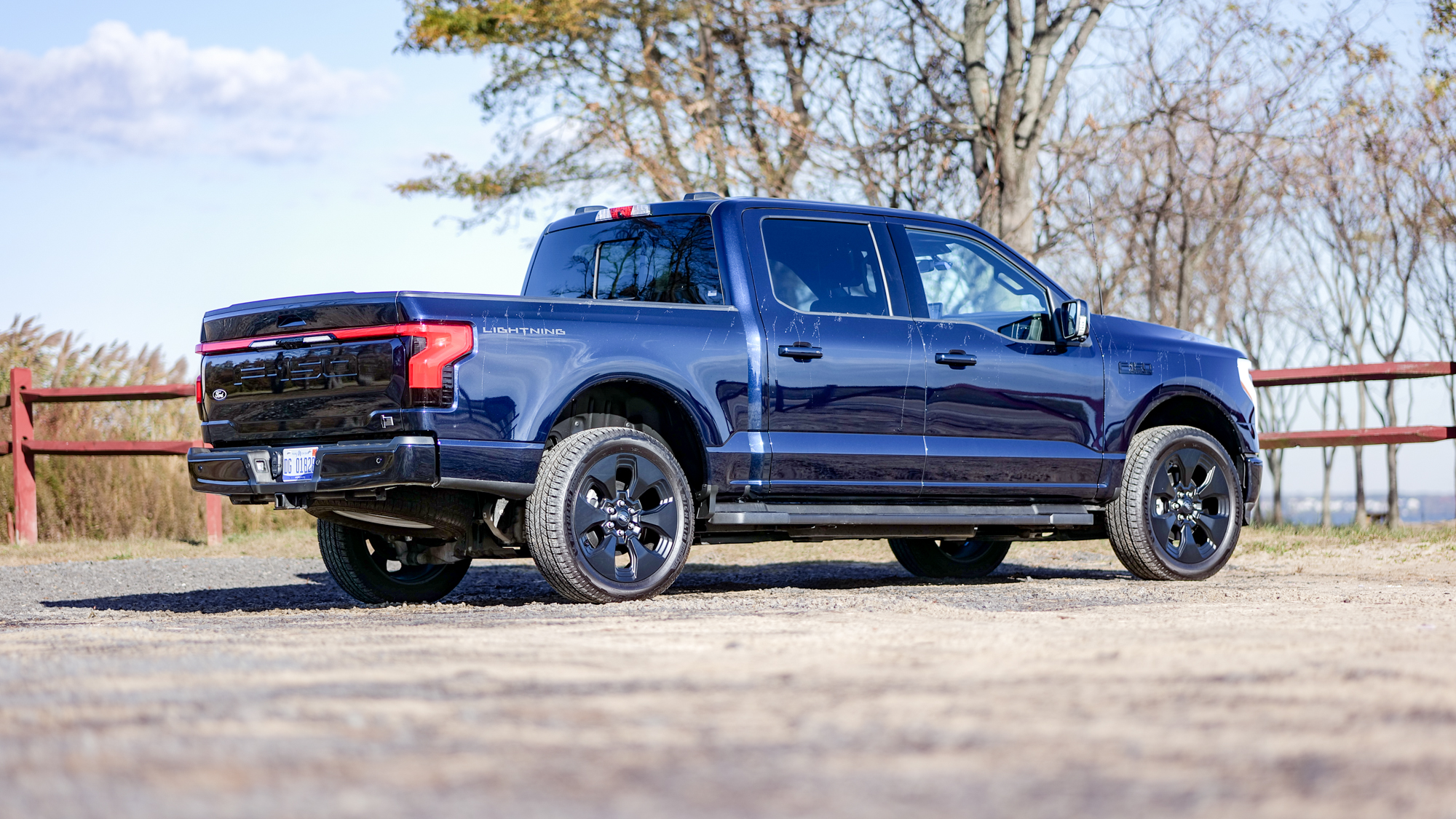I swapped my Galaxy Z Fold 5 for the Galaxy Z Fold 7 — here’s why I’m not ready to upgrade
A lot has to change for a $1,999 phone

One of the most difficult decisions any device owner faces is knowing when it's time for an upgrade. And when the device is as expensive as the $1,999 Galaxy Z Fold 7, that question becomes even trickier.
It's a pressing question for me personally. For the past year, I have been using the Galaxy Z Fold 5, a device that helped me overcome my skepticism about foldable phones to see their appeal. So I watched the recent Galaxy Unpacked event with anticipation to find out more about Samsung's latest foldable.
Based on our own Galaxy Z Fold 7 review, there's no doubt this is a fantastic-looking phone with some big improvements. But I keep getting stuck on that $1,999 starting price, which easily surpasses other phones and even a few laptops. And I doubt I'm the only one whether we're talking about current foldable phone owners or anyone considering jumping to a foldable design.
With that in mind, I took a closer look at the Galaxy Z Fold, using it over the course of a week to see how big an upgrade it was over my current Galaxy Z Fold 5. Here's what I discovered.
The bigger screen is a big upgrade — when it's supported
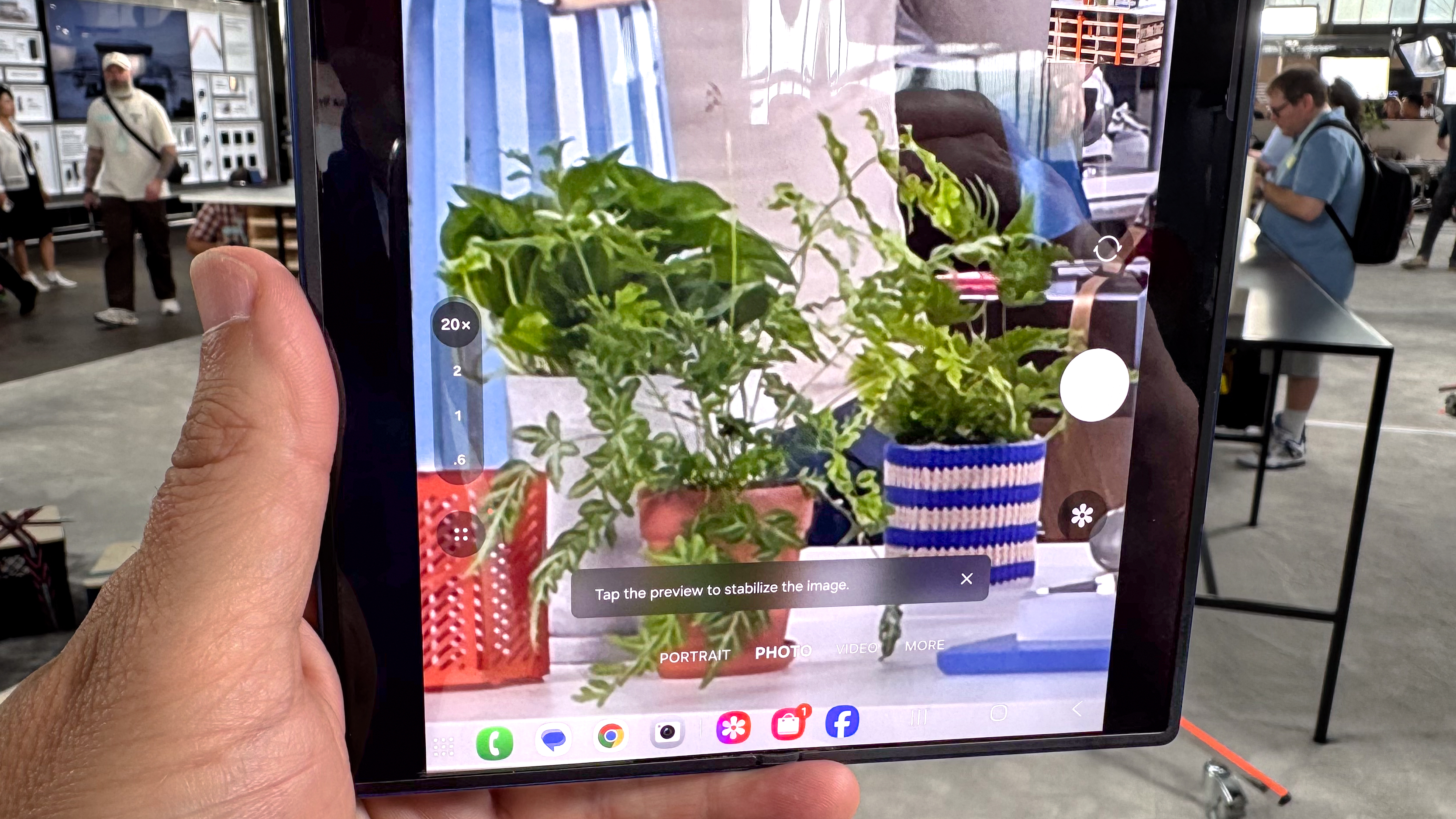
One of the main reasons that you would ever consider buying a foldable phone is to have access to a bigger inner display, and the same is true when it comes to upgrading.
The Galaxy Z Fold 7 certainly has the advantage here, thanks to the 8-inch inner display that's now the centerpiece of this device. That compares to a 7.6-inch main panel on my Galaxy Z Fold 5.
A mere 0.4 inches of extra space may not seem like a big addition. But I really noticed the extended display when using the on-screen keyboard or working in split-screen mode.
Get instant access to breaking news, the hottest reviews, great deals and helpful tips.
And yet, one issue remains.
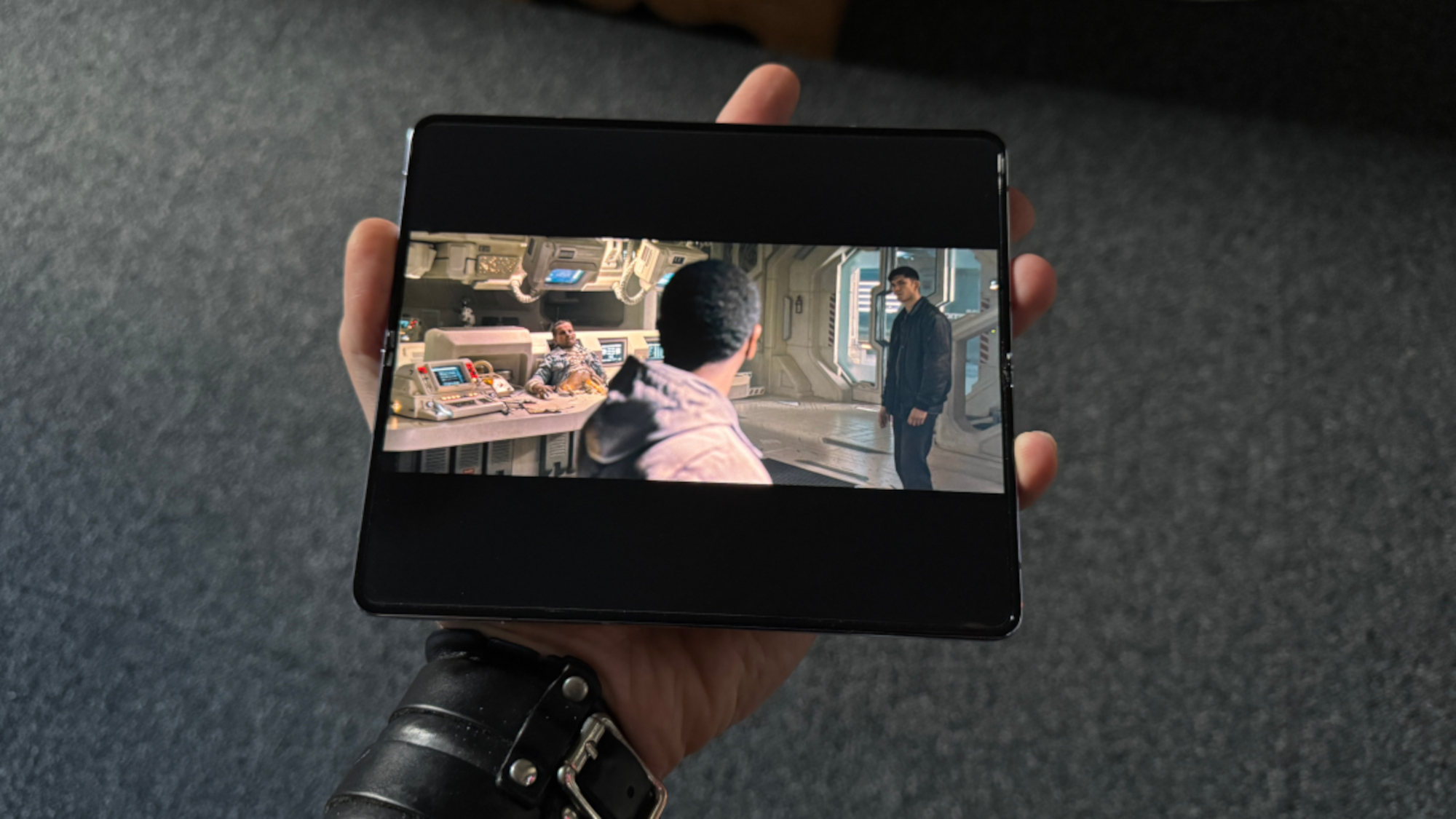
I recently tried out the Galaxy Z Fold 5 as a streaming device, and in the process, discovered that many of the best streaming services really don’t make use of the bigger screen on foldable phones. The result: much of that larger screen is under-utilized.
This same problem persists on the Galaxy Z Fold 7, but in some ways, it's even worse, as there's even more space left to waste.

The outer display on the Galaxy Z Fold 7 has gotten bigger, too, and that's a change I can definitely appreciate. We're talking 6.5 inches compared to a 6.2-inch cover panel on the Z Fold 5.
That always felt too small to me, causing me to unfold the phone to perform basic tasks like sending a message. In contrast, the 6.5-inch screen on the Galaxy Z Fold 7 is much more comfortable to use so I can get a lot more work done without ever having to open up the device.
Improvements to both camera and performance
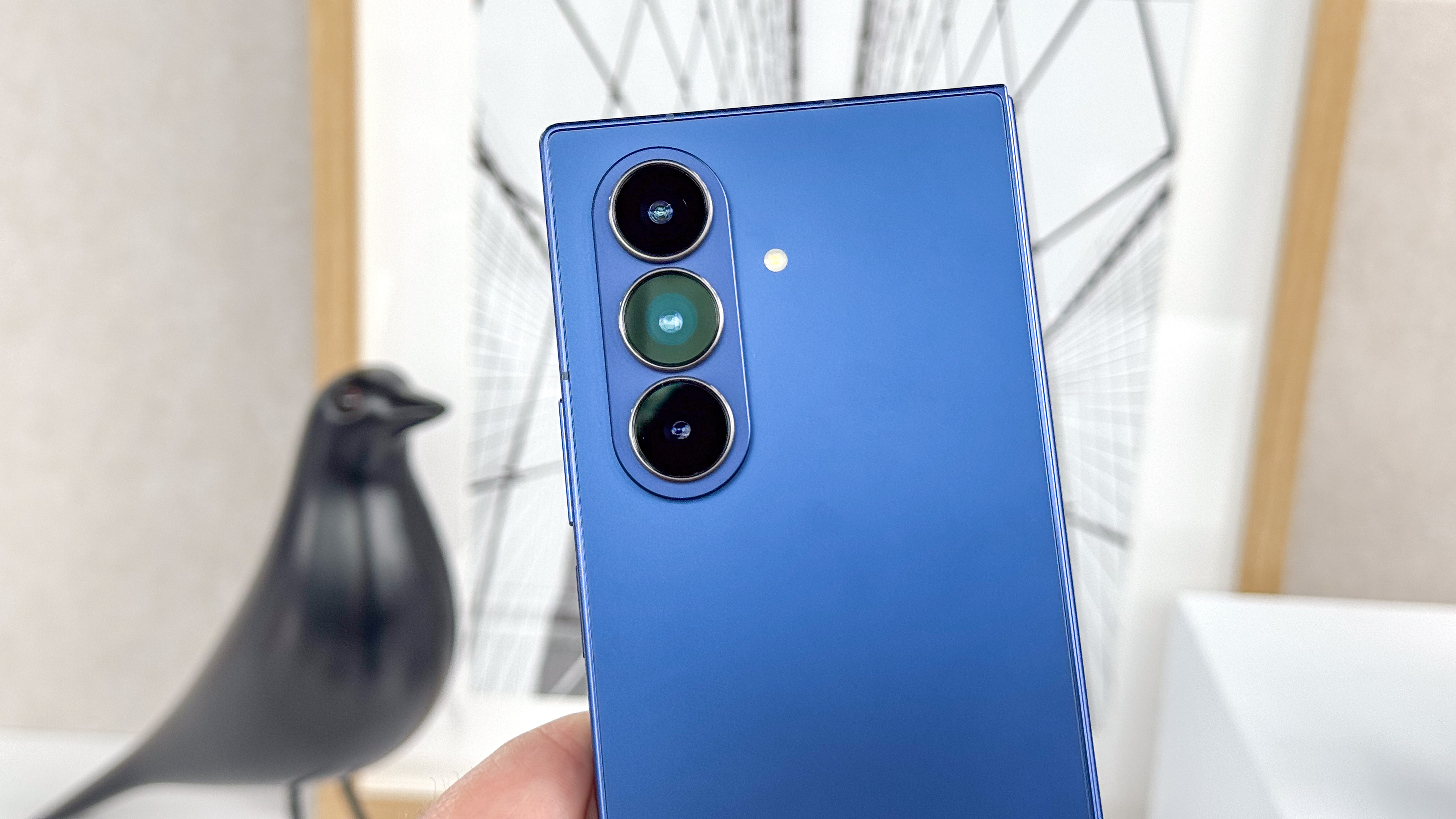
The Galaxy Z Fold 7 gets a 200 MP main camera, matching the one on the Galaxy S25 Ultra and handily topping the Z Fold 5's 50MP shooter. In the comparison shots below, you can see the improved definition on the Galaxy Z Fold 7's camera, although the colors do appear a bit more muted than they are in the Z Fold 5 shot.
If you want a better idea of how the cameras compare, we did a 10-round shoot-off between the Galaxy Z Fold 7 and the Galaxy Z Fold 6, which has the same cameras as the Z Fold 5.
It isn’t just the cameras that have seen a marked improvement, as the Galaxy Z Fold 7 comes with the stellar Snapdragon 8 Elite chip. Meanwhile, the Galaxy Z Fold 5 only has the Snapdragon 8 Gen 2, which is a couple of generations behind.
In real world use, it may take you a while to notice the difference; it certainly did for me. But I do think the Z Fold 7 is really quick and holds up when playing the more modern games.
What hasn't changed
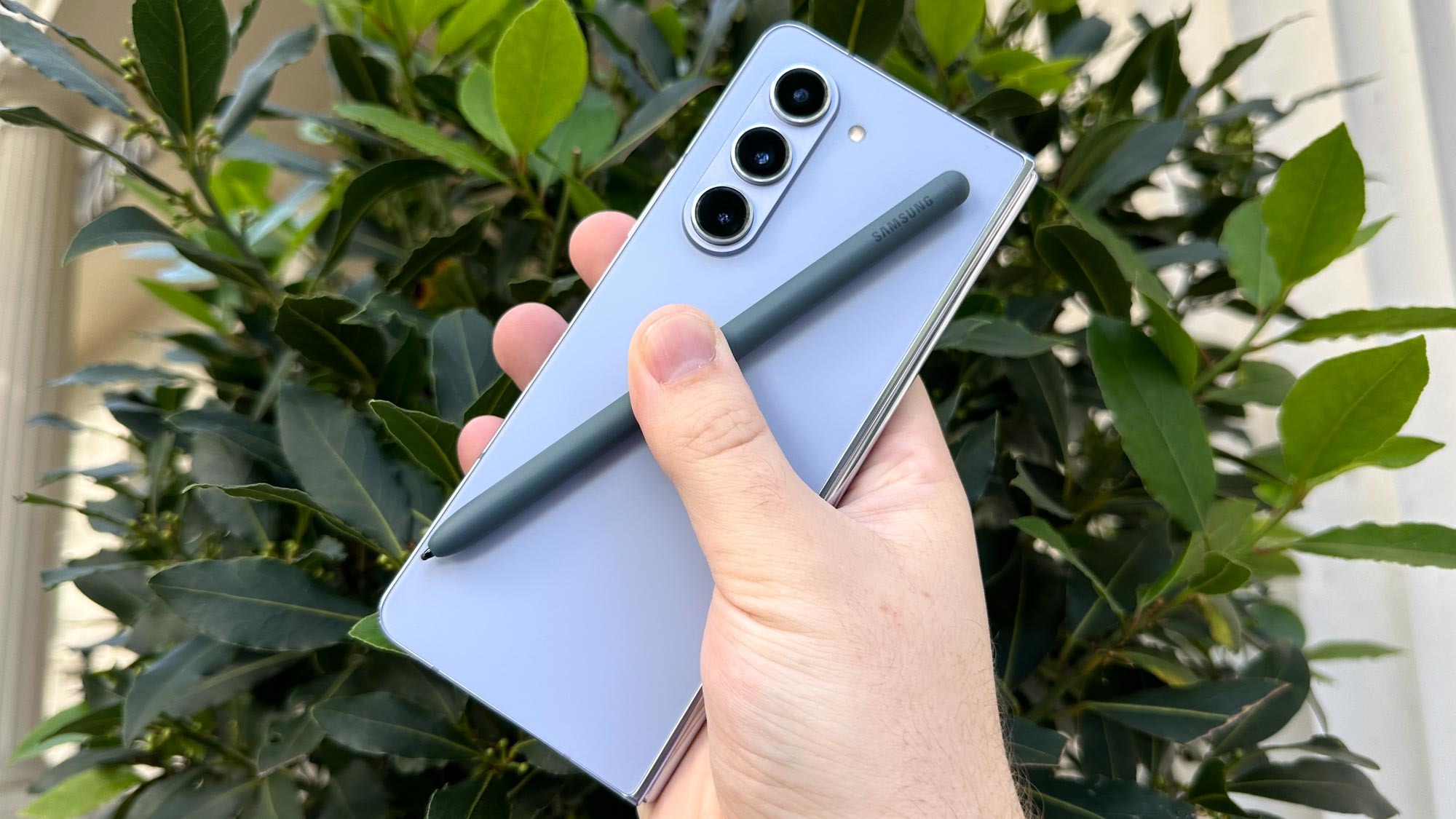
The Galaxy Z Fold 5 features a 4,400 mAh battery, and two years later, Samsung's still using that power pack in the Galaxy Z Fold 7. Even with the Snapdragon 8 Elite inside the Z Fold 7 offering better power management, battery life on either phone had yet to break the 11 hour mark on our battery test.
The Galaxy Z Fold 7 ships with One UI 8, which doesn't feel like a particularly feature-rich update to me outside of a few improvements to features like Circle to Search and more. However, you'd expect these features will eventually come to older phones like the Galaxy Z Fold 5 as Samsung makes its new software available.
On top of that, the Galaxy Z Fold 5 actually has features that the Galaxy Z Fold 7 doesn’t, namely, it can use an S Pen. In an attempt to get the Z Fold 7 as thin as possible, Samsung had to remove the digitizer from the screen, which is a bit of a step back from my perspective.
Is thinner better?
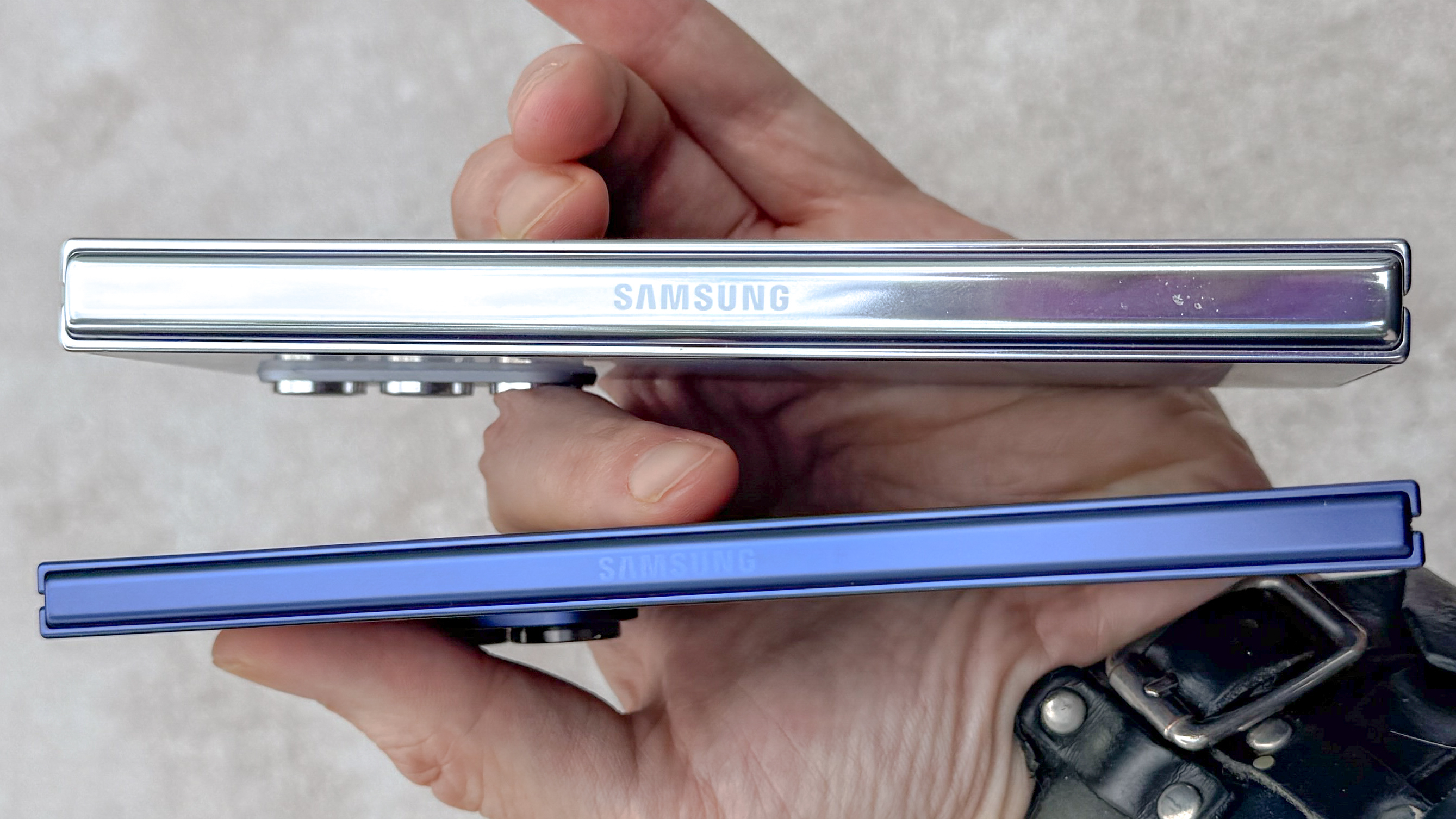
Now that I’ve mentioned it, I suppose I should talk about the elephant in the room… the very skinny elephant.
Yes, the Galaxy Z Fold 7 is much thinner than the Galaxy Z Fold 5, with the newer phone measuring 0.35 inches when folded and 0.17 inches when unfolded. Meanwhile, the Galaxy Z Fold 5 is 0.53 inches thick when folded and 0.24 inches when unfolded. It’s a noticeable difference, and from a hardware standpoint, it’s pretty impressive. But I'm not necessarily a fan of the change.
Initially, I thought the thinner design might hurt durability, though recent durability testing has put that concern to rest. For me, though, the camera bump on the Galaxy Z Fold 7 feels more noticeable because of that thinness, and it makes balancing the phone in clamshell mode a nightmare — something I noticed when using it for Samsung DeX.

The Galaxy Z Fold 5 keeps weight more evenly distributed. When the older phone is lying flat, it doesn’t rock around nearly as much.
That said, I will admit that the crease on the main display is much less noticeable on the Galaxy Z Fold 7, which leads to a more immersive viewing experience. The Galaxy Z Fold 7 is also much lighter at only 7.5 ounces compared to the Galaxy Z Fold 5’s 8.92-ounce weight.
Upgrade or not?
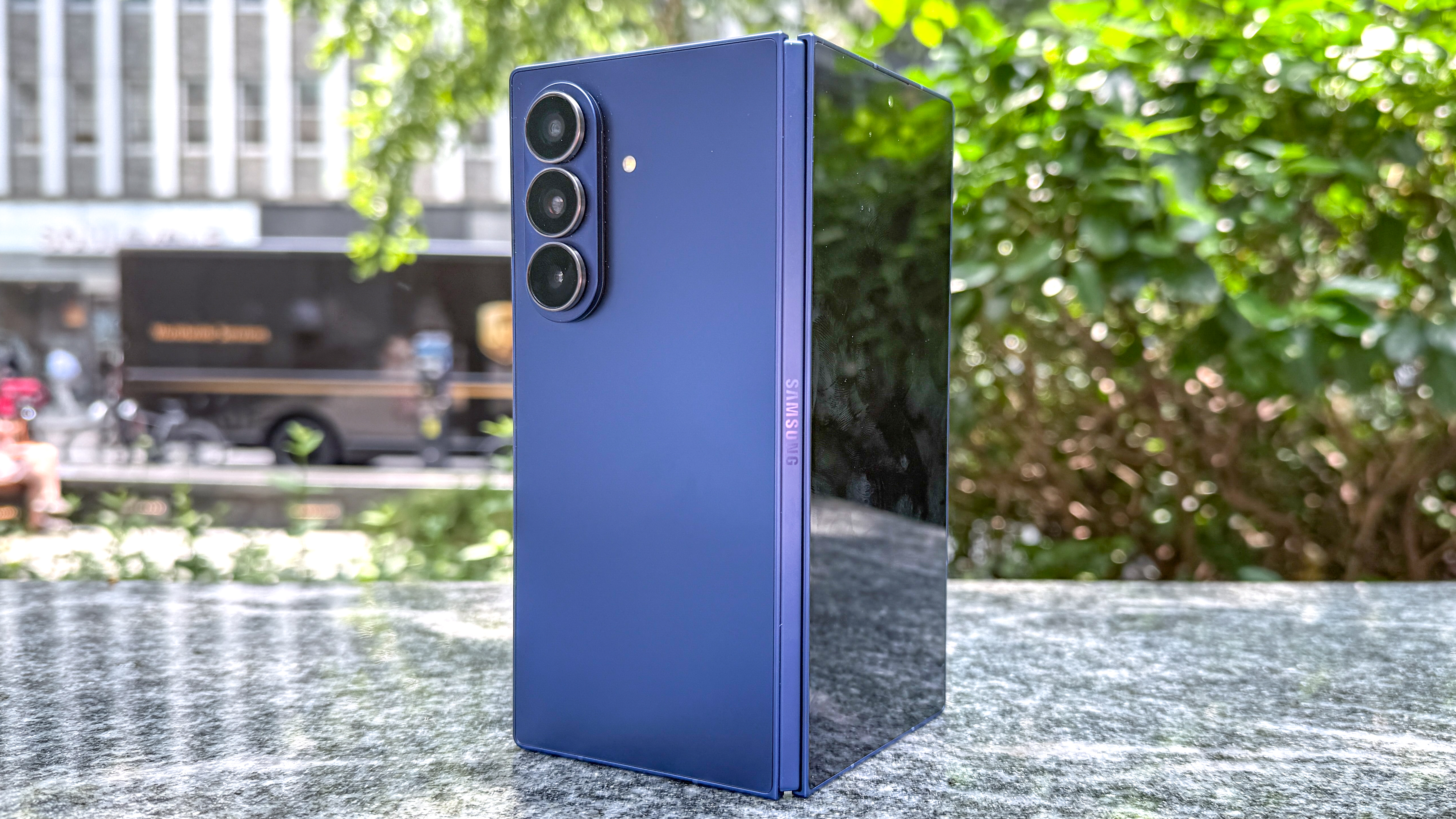
Even after gong through all these changes — some good, some less so — I can't forget about the $1,999 price for the Galaxy Z Fold 7. And so the upgrade question boils down to whether the changes are enough to justify that kind of expense, even if the best Galaxy Z Fold 7 deals can drop the price?
Frankly, I think Galaxy Z Fold 5 or Galaxy Z Fold 6 owners should hold off on upgrade. The main appeal of the new phone is its larger screens and thinner design, and while both changes impress, I just don't see enough apps taking advantage of that display.
Ultimately, the high cost of foldable phones — especially Samsung's — means they don’t follow the typical update schedule of most devices; instead, they are phones you want to keep for as long as possible rather than upgrading after just a year or two.
If you've got an older foldable device, though, or you've never tried a foldable before, the appeal of the Galaxy Z Fold 7 is undeniable. Samsung has improved on many elements of the foldable experience, and the seven years of guaranteed support means that large price can be spread out over time.
More from Tom's Guide
- Samsung Galaxy Z Fold 7 and Flip 7 battery life — the results are in
- iPhone 17 Pro seemingly spotted out in the real world — here's what we know
- Forget Samsung Galaxy Z Fold 7 — here are three rumored upgrades for the Galaxy Z Fold 8

Josh is a staff writer for Tom's Guide and is based in the UK. He has worked for several publications but now works primarily on mobile phones. Outside of phones, he has a passion for video games, novels, and Warhammer.
You must confirm your public display name before commenting
Please logout and then login again, you will then be prompted to enter your display name.
